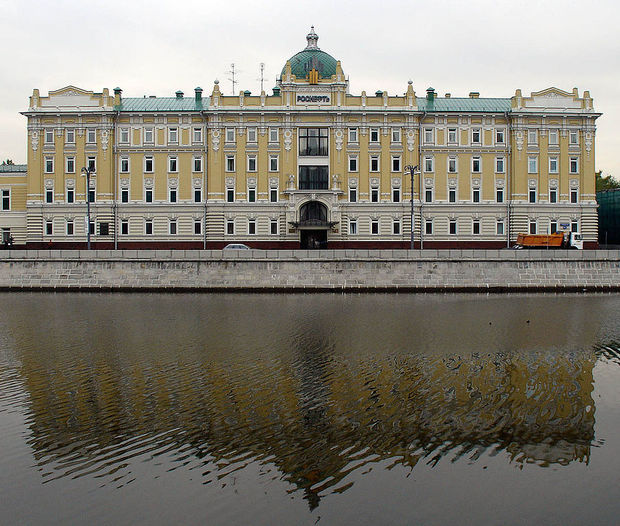Russia expands oil drilling on brownfields
Russian oil industry shifts the emphasis from Arctic to Soviet-era brownfields, states Financial Times. As a new development is complicated because of the western sanctions, the major Russian state oil company Rosneft is investing in the existing infrastructure.
Earlier Rosneft focused mainly on a long-term development of Arctic oil. They supposed to work in collaboration with ExxonMobil as it was announced in 2012. But later the American corporation refused to continue the cooperation due to the US sanctions against Russia. Therefore, Rosneft's head Igor Sechin radically changed his position saying, 'we believe that in the next 10 years the greatest potential is connected with the effective use of our unique resource base of conventional oil, including in the areas where there is an infrastructure in western Siberia,' on the Saint Petersburg International Economic Forum in June 2016.

The headliner here is Yuganskneftegaz. This former and the most important unit of Yukos and today's wholly integrated subsidiary of Rosneft provides 31 per cent of their total oil production. The company is mainly based on aging fields, and its output has fallen 8 per cent since 2012. The management of Yuganskneftegaz changed three times during four years but now the situation seems to be stabilising. The company has increased its drilling rate more than twice and started to implement new technologies actively in the last two years: this year the share of horizontal drilling has reached 13 per cent from 4 per cent in 2013. Understandably, it is costly, and Rosneft's capital expenditure at Yuganskneftegaz reached $1.1bn in the first half of 2016, which is 79 per cent higher than in the first half of 2014.
A further growth of Yuganskneftegaz is possible despite the sanctions because they concern only Russian shale oil projects. Meanwhile, the company's many deposits are geologically different from shale. That means that they can be developed with the participation of western service companies. Thus, this model can be used for other Rosneft's brownfield assets such as Samotlorneftegaz.
Rosneft's activity on brownfields challenges the intention to reduce oil production stated by Russia. The agreement between Russia and Saudi Arabia was reached at the beginning of September and was awaited to be confirmed at the OPEC informal meeting in Algiers. But, on Tuesday, it was announced that Russia would not take part in the meeting.
'Bringing forward production is not always the right thing to do from a value perspective,' says an unnamed industry source. Actually, Rosneft's activity is aimed not only at profitability but at maintaining certain production levels. It can encourage a foreign investor to participate in the future privatisation of the company (earlier this year the government declared its plans to sell 19.5 per cent of the stake at the value of 700bn rubles).
Currently, the further development of oil production on brownfields is slowed down by the existing tax system. 'At higher oil prices, it was a very easy trade-off for the Russian government: don't touch the taxation on brownfields which provide income for the budget, exempt greenfields from taxes and attract foreign investment,' says Karen Kostanian, an analyst at Bank of America Merrill Lynch. 'The paradigm under low oil prices is different. Now the Russian government might choose to stimulate higher production at brownfields with lower taxation.' However, the government is more likely to raise oil taxes than cut them.